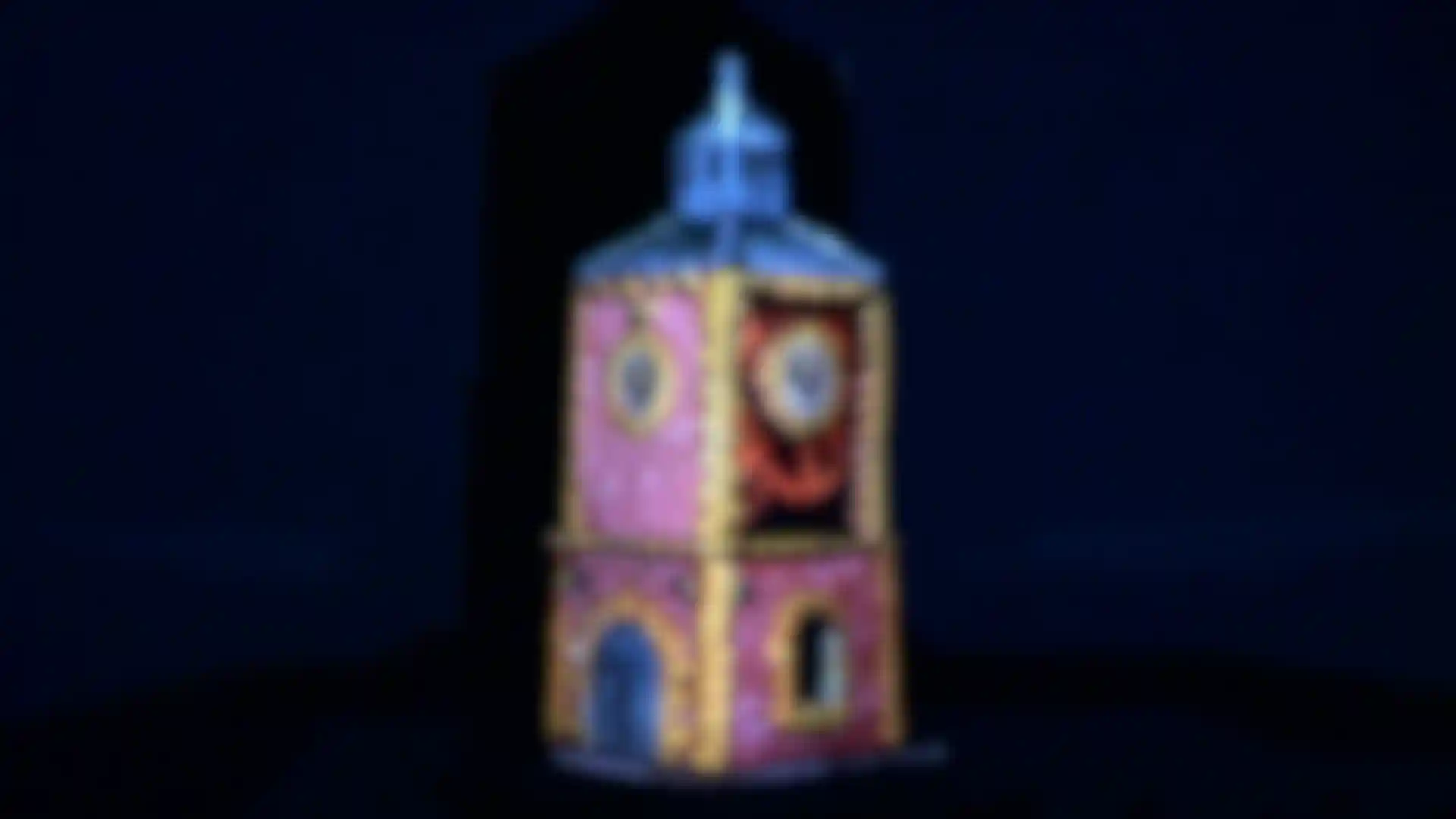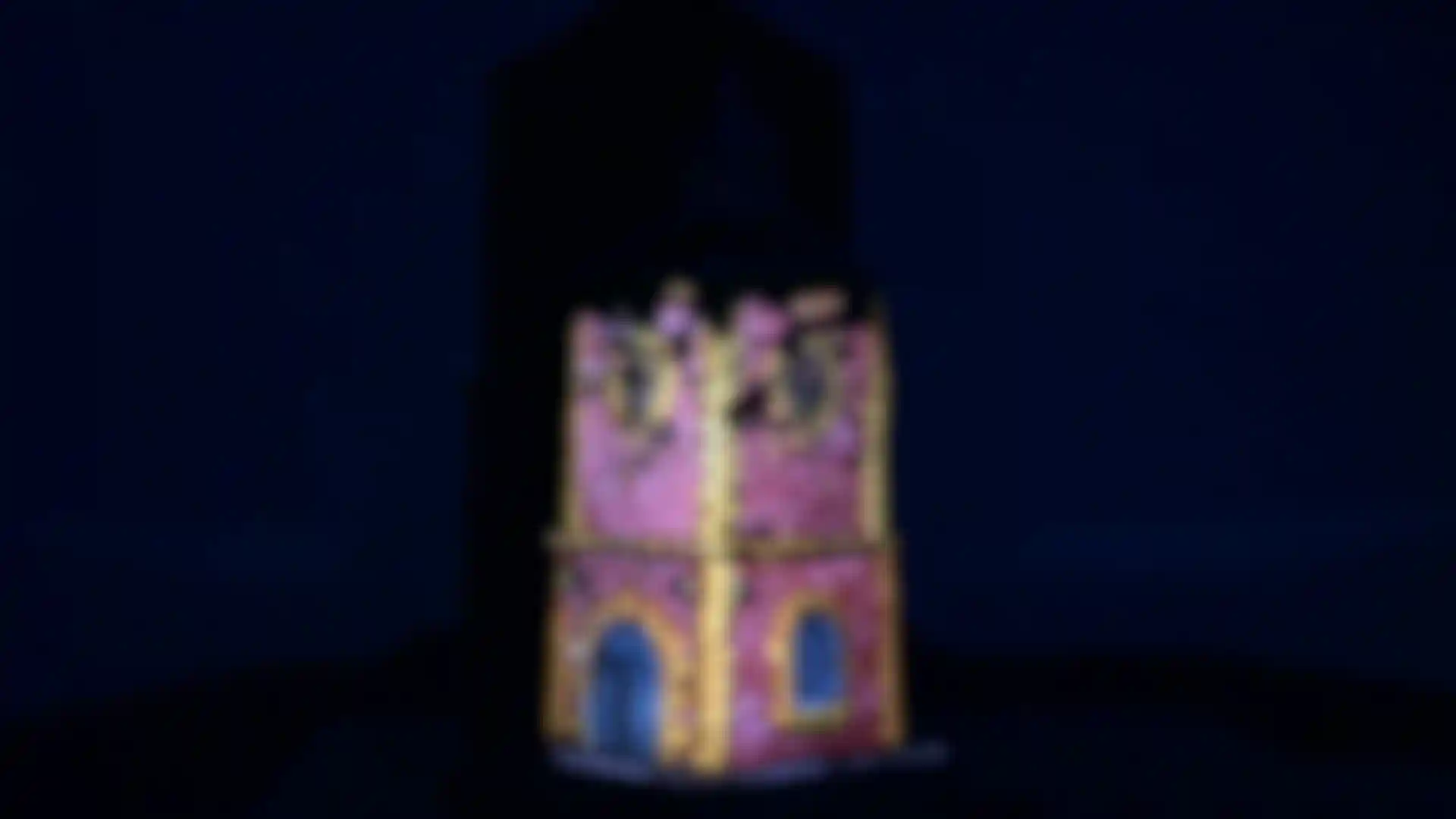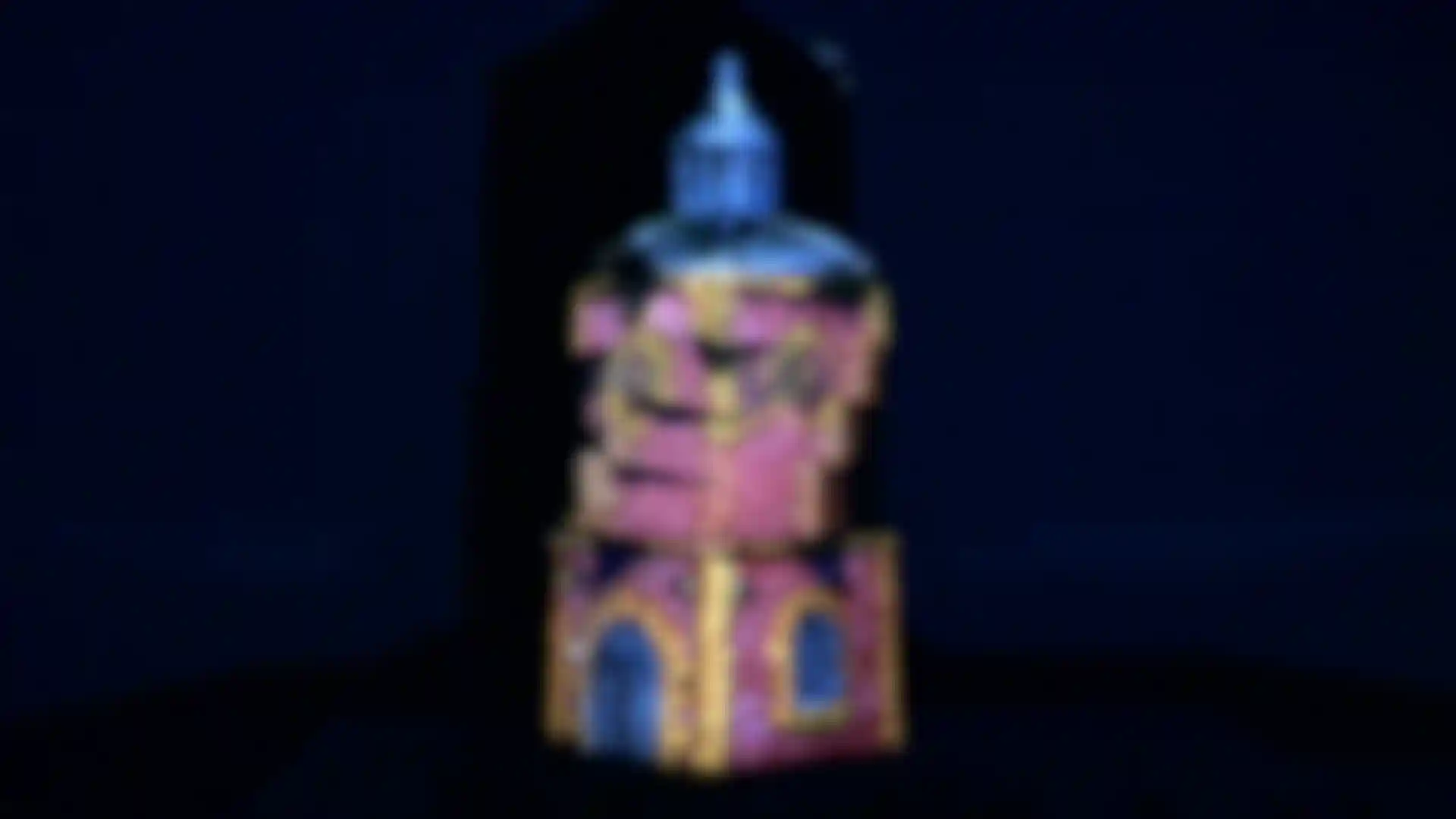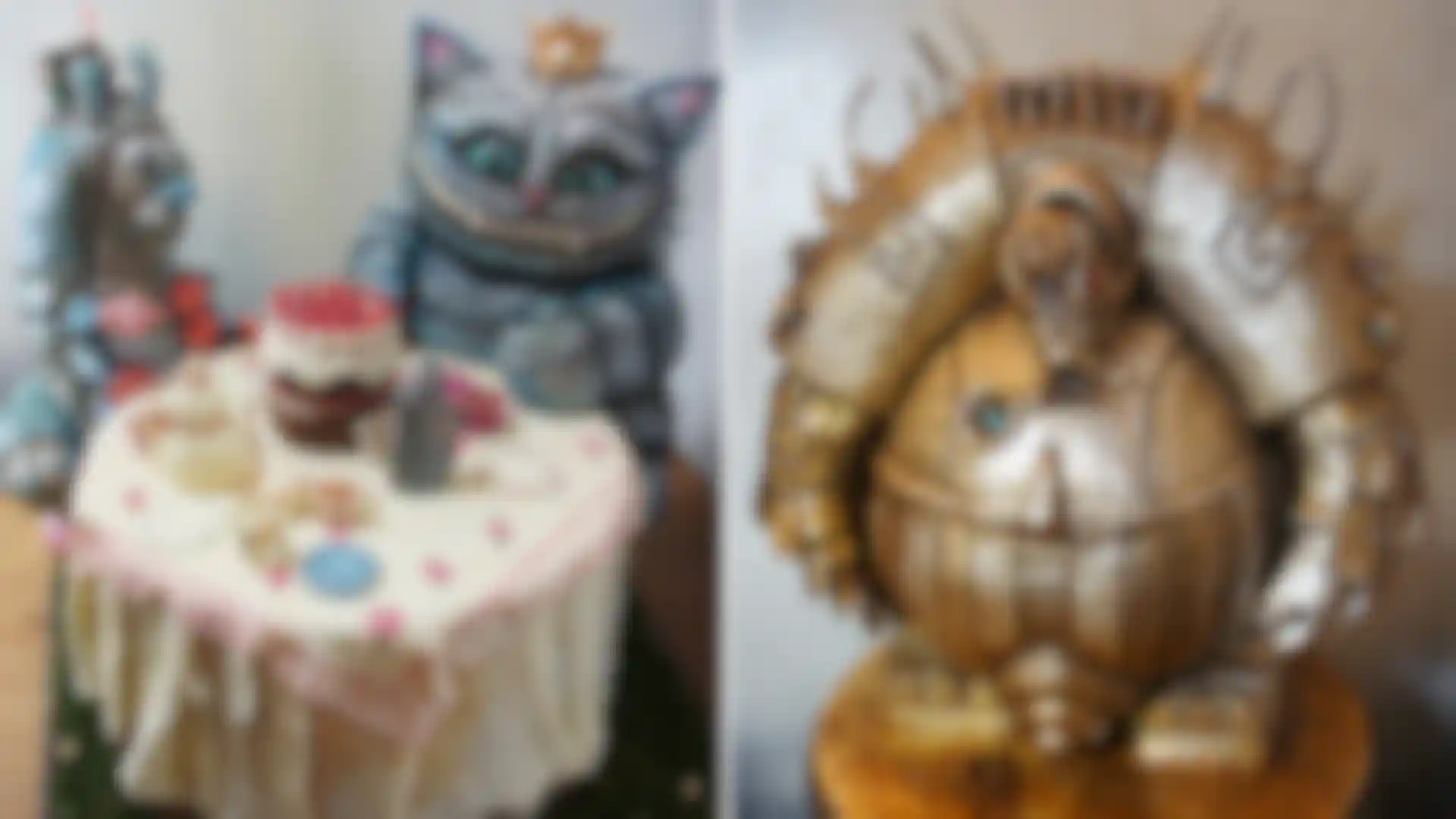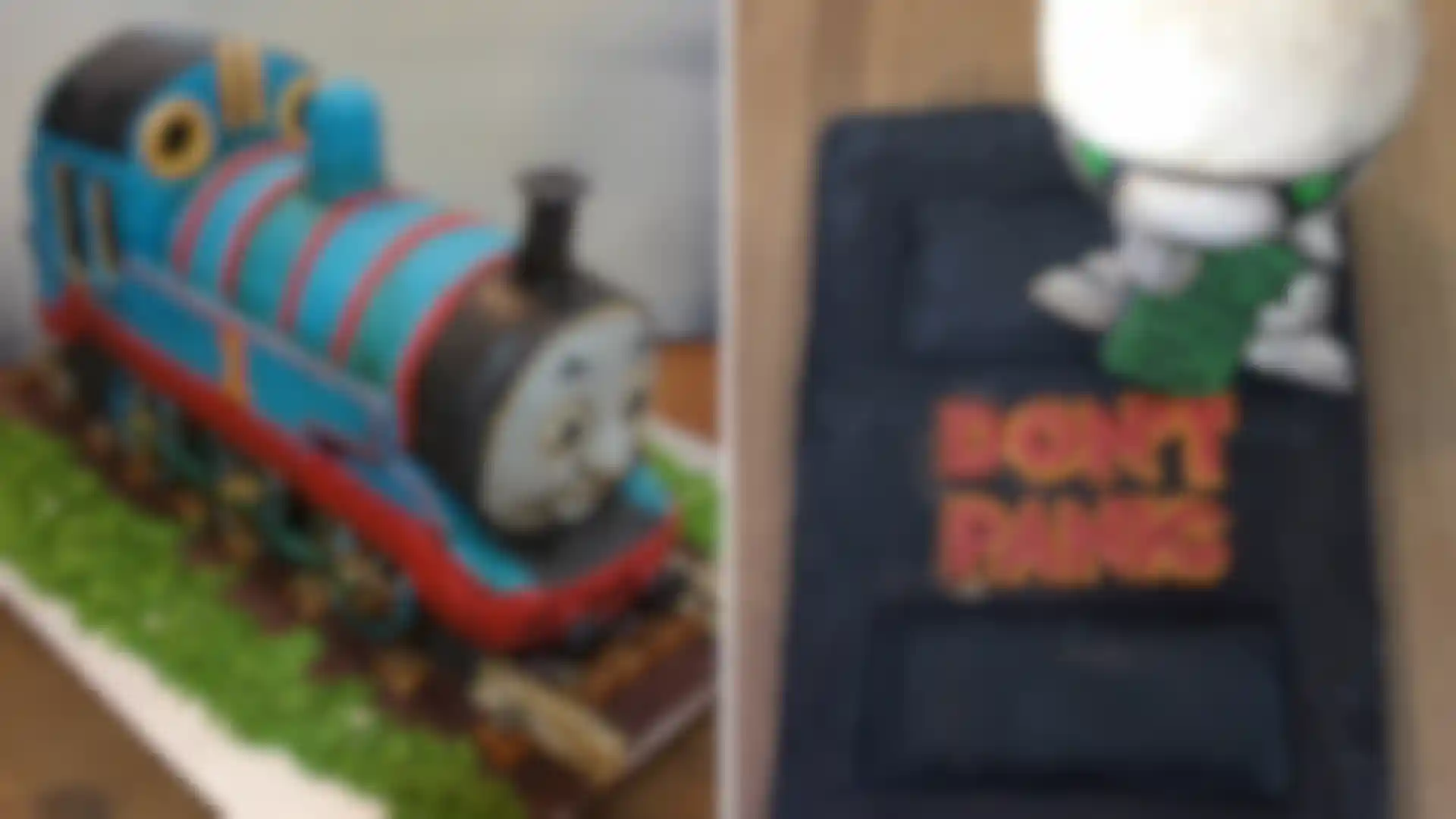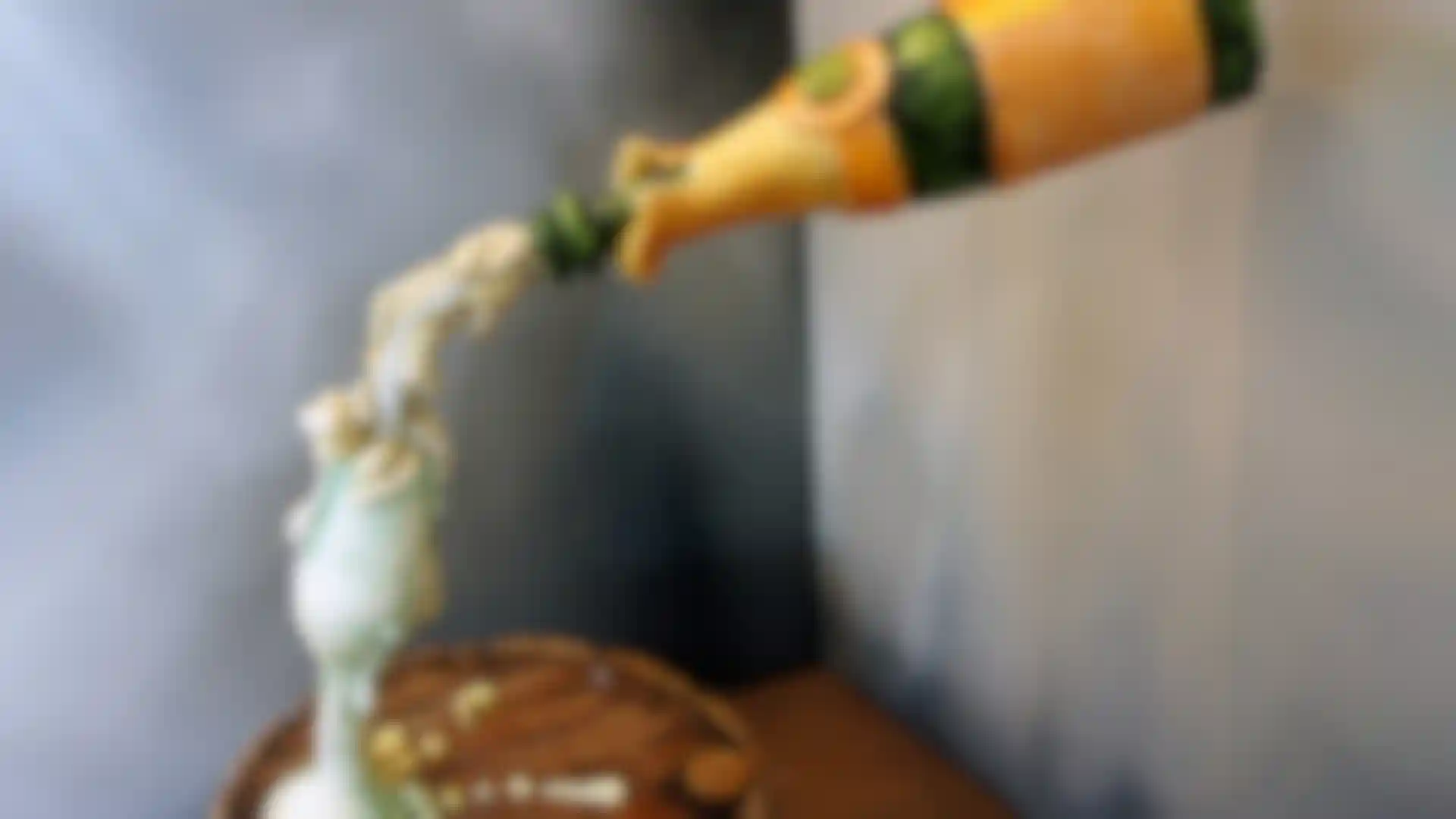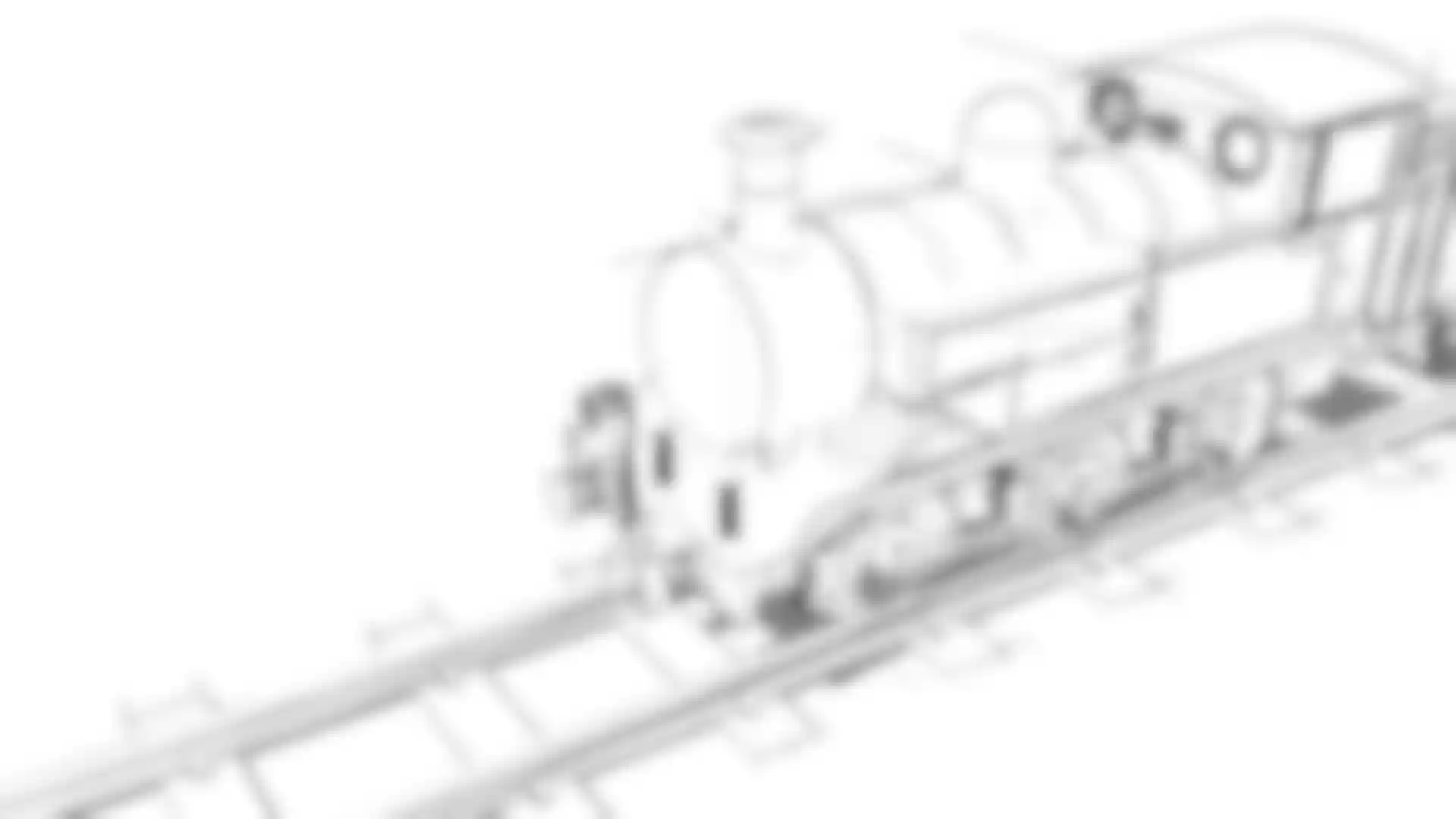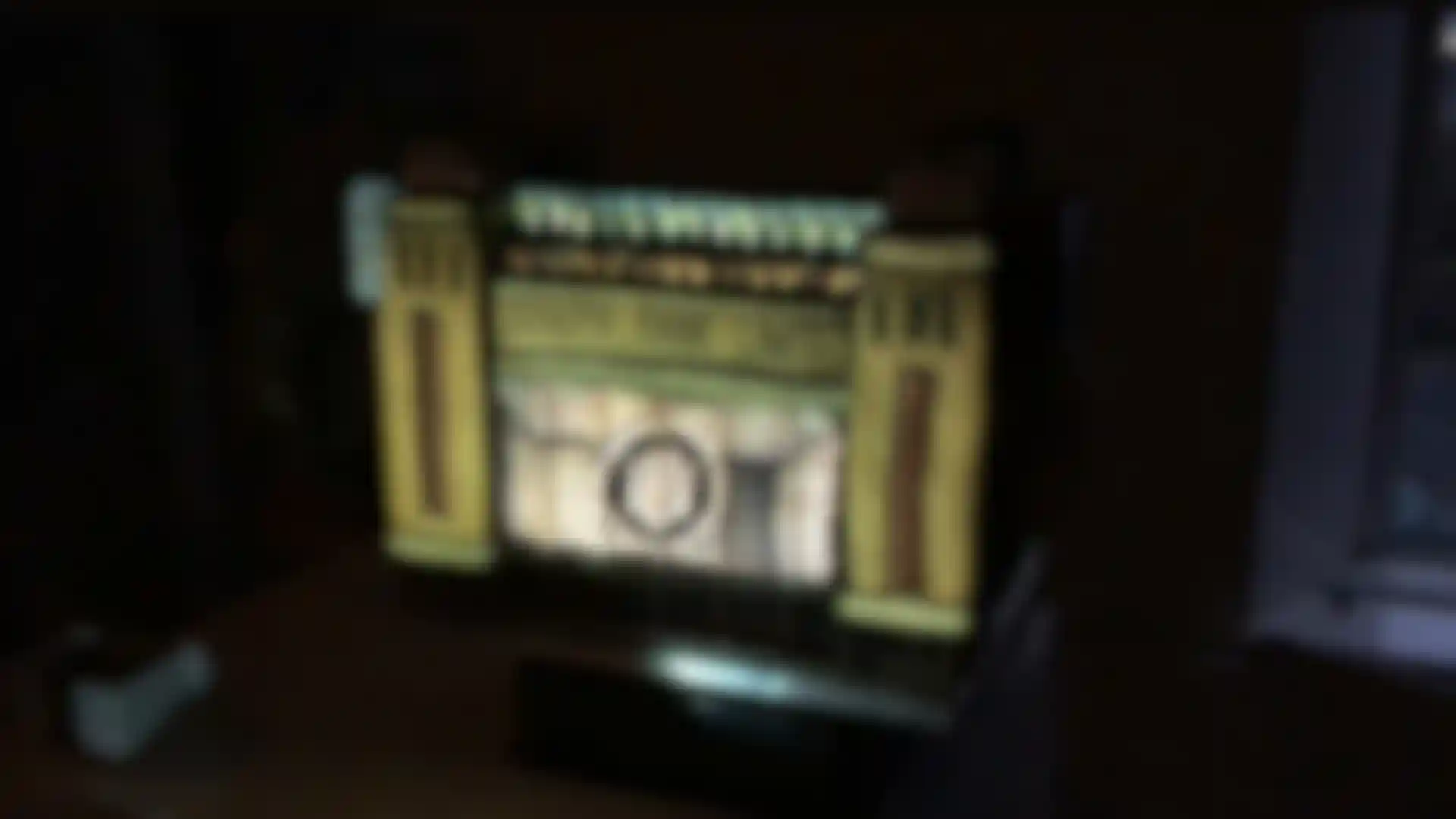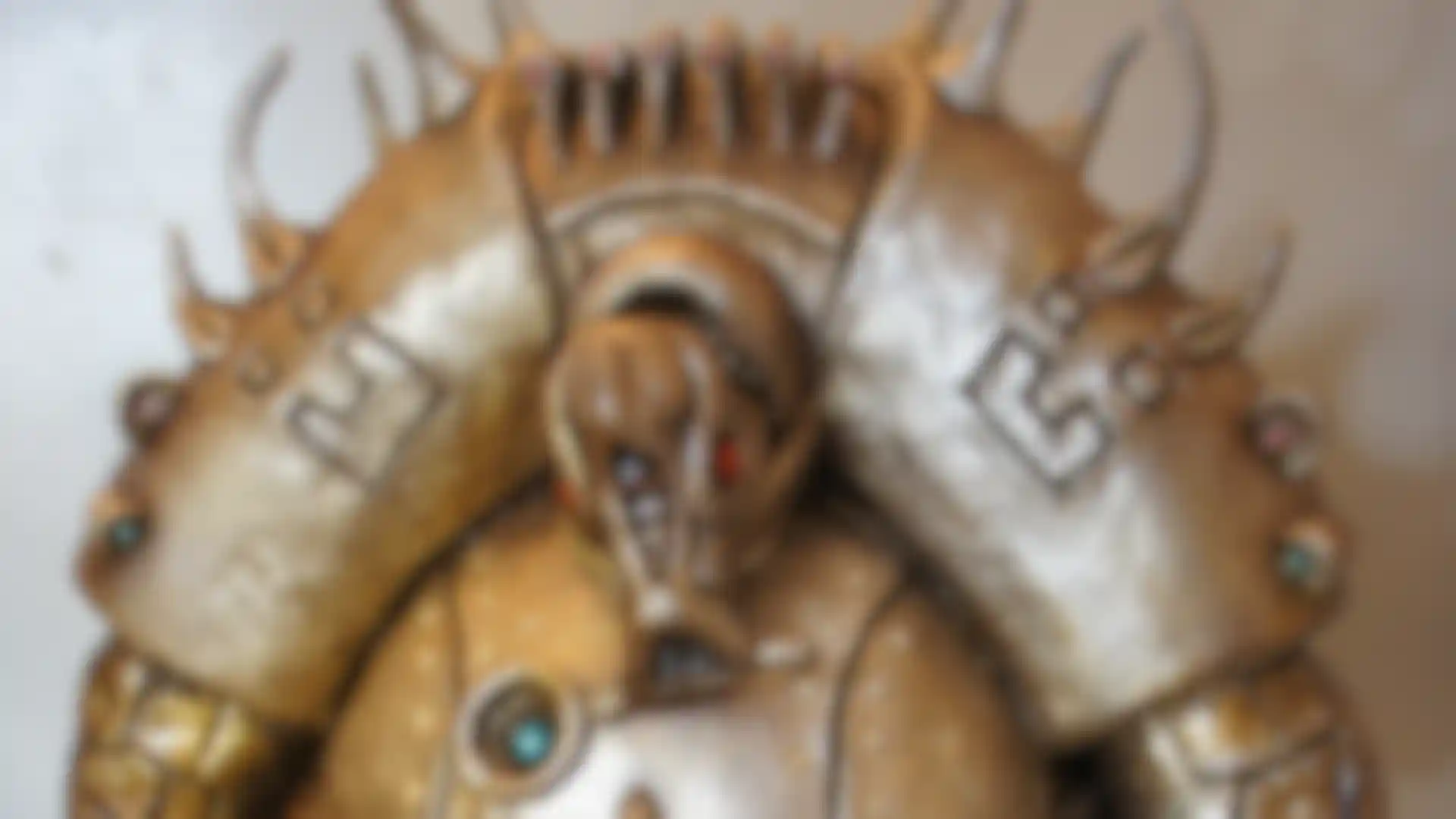
The Great Projection Mapping Bake-Off Learn how a new start-up business used Cinema 4D to make spectacular cake presentations.
Cinema 4D is a flexible package that can be put to any number of 3D-related tasks, but projection mapping animations onto actual cakes is one of the more unusual. It all came about when Simon Spencer-Harvey and his partner, Fiona, set up Candy And Grim Cakes. The projection mapping onto sculpted cakes is part of Simon’s full package service, rather than being a gimmick used to advertise their cakes generally. They were, Simon believed, the first company to offer true 3D mapping, with perspective and depth correction, onto bespoke sculpted cakes.
Candy And Grim Cakes got the chance to try this out by entering a charity bake-off hosted at Hoults Yard in Newcastle-Upon-Tyne. Although not very high-profile, it gave the start-up a chance to field test its projection-mapped cake sculptures, as well as gauge the impact and audience reaction, which as it turned out was huge, bagging first prize for design and second prize for taste.
Simon explained what was involved in the design process and workflow after they had been given the brief and had an idea for implementing it, "The 3D design is done in Cinema 4D. Not only is Sketch and Toon a very useful tool for creating concepts and making a series of quick modifications but using Cinema 4D I can also create an accurate 3D CAD drawing of the cake and layers, allowing me to calculate exact dimensions, quantities and which cake baking tins to use. It also allows me to engineer the cake structure should, for example, I want to create something like a gravity-defying cake and need to work out forces."
The next stage is a practical one. Simon and Fiona actually bake the cake and decorate it. They are exploring using 3D printing for this part of the process, so that at some point in the future they can print directly from a design in Cinema 4D. An Ultimaker is currently used for bespoke cutters and molds. However, Simon plans to acquire the ChefJet when it is launched in late 2017 because it can accurately print 3D chocolate and sugar structures. At the moment, though, it is not currently classified as a food-safe machine in the UK.
Once the actual cake has been made, it has to be scanned because there is some artistic license and variation in the baked version compared to the designed model. Simon detailed the process used to scan it back into the computer: "Originally we were using the Structure IR 3D scanner for the iPad with the Pro version of Skanect. However, we soon discovered that photo-based scans were more accurate than the IR scans with regard to fine detail. At the moment I am mostly using 123Dcatch but I would much sooner use a Maxon product to make it easier to deal with the data. Failing that we may upgrade to PhotoScan by Agisoft, or wait and see if anything comes from Apple's acquisition of Metaio and Primesense. For the photo capture we have a large photo tent studio and use a motorized turntable to uniformly rotate the cake during capture."
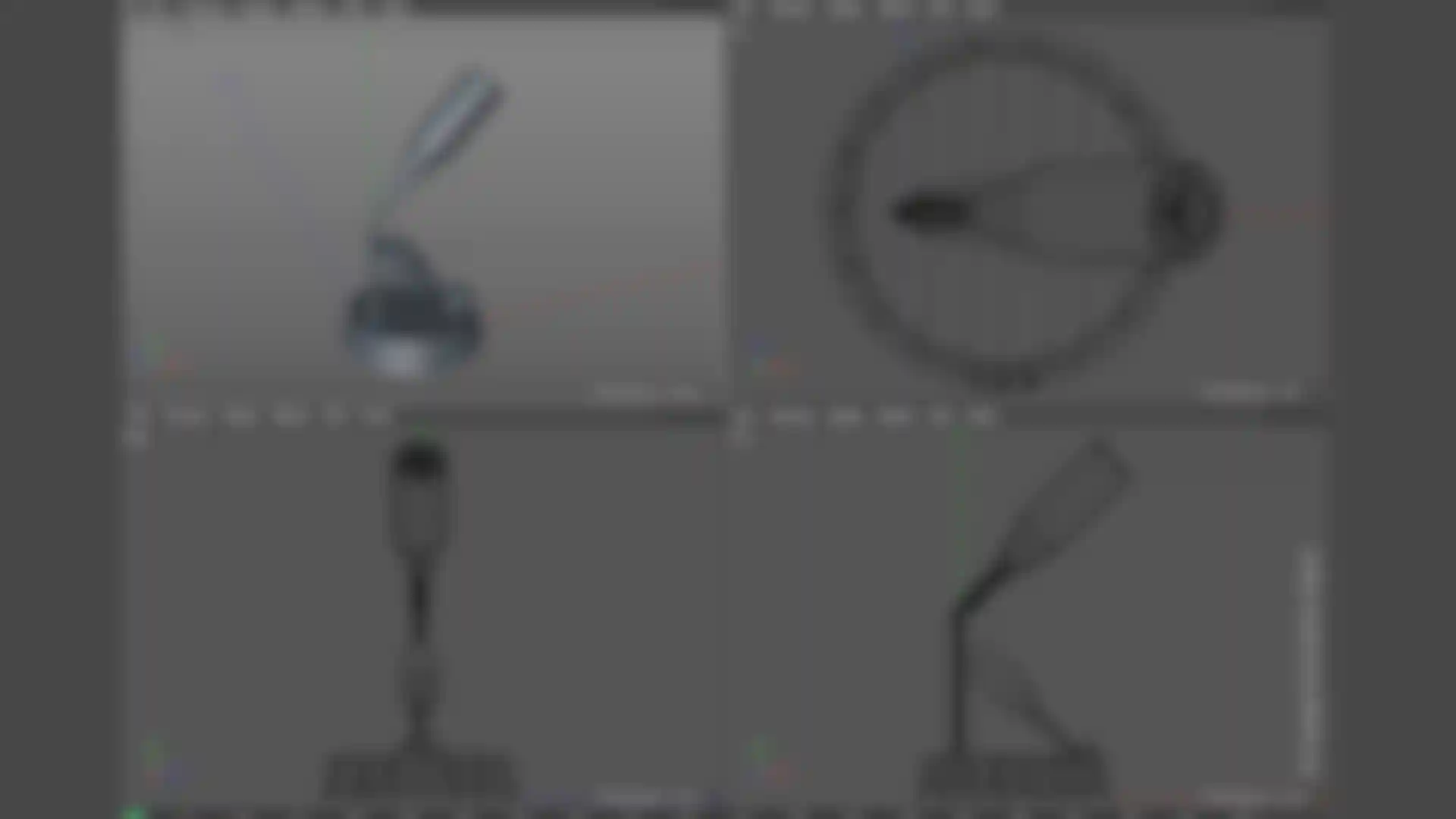
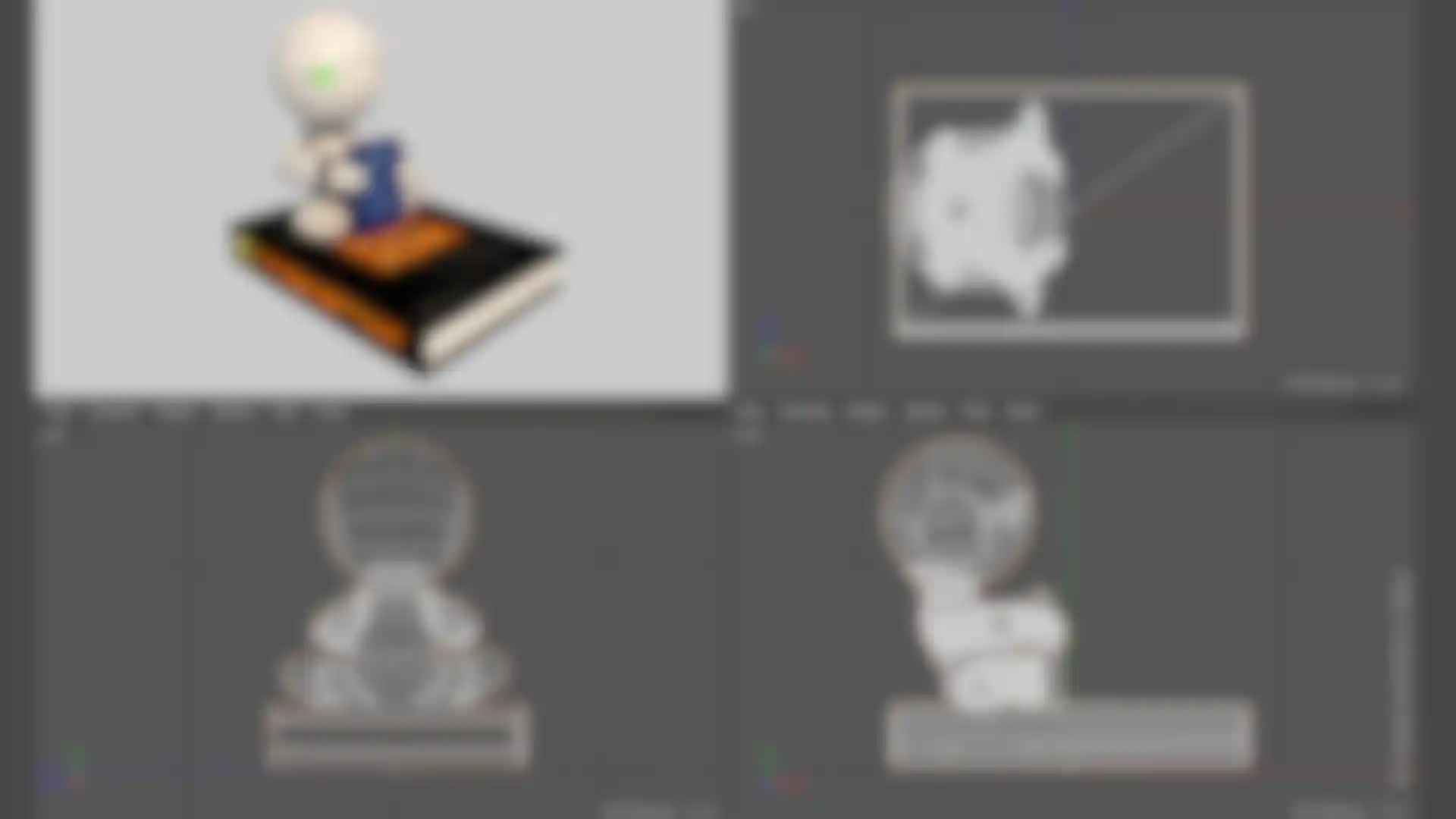
Cinema 4D was then used to create a bespoke UVW map from the 3D scan to take directly into MadMapper. Cinema 4D was also used to distort the 3D scan to compensate for projector lens distortion, as this cannot be done as yet in MadMapper.
The aim of the animation is usually dependent on the client’s brand and brief as well as the story Candy And Grim Cakes is trying to convey. However, typically the projection-mapped cake sculptures are not created as a single start-to-finish performance but are expected to play as a loop. Therefore, the challenge is always to create a flowing and highly engaging experience regardless at which stage the audience starts to watch the content. For the animation, most Cinema 4D tools got a workout as Simon explained: "To be honest, there is very little we do not use in Cinema 4D Studio. Naturally, MoGraph, dynamics and deformers play a large part in the animation process. On occasions I have also used XPresso as well as third-party plugins such as Voxygen, Transform and Signal."
The idea is that the projection mapping follows the 3D contours of the baked cake, which makes it different from any other type of projection mapping onto cake service as these typically use flat surfaces. The best experience for the watching public comes when the animation interacts with the cake, and this is what Candy And Grim Cakes was aiming for with the Newcastle event. Simon and Fiona took their experience of large-scale, projection-mapped events, such as outdoor building projections, or projecting onto stage sets and cars, into the world of sugarcraft to great effect.
In the case of the Newcastle bake-off, Simon was up against the clock trying to produce the 1080p animation, remarking: "Render time was a little intense. It took just 12 hours to create two minutes worth of content, including render time."
Having produced the animation, the next challenge was to successfully project it onto the actual cake. This requires knowing what kind of projector is going to be used and again Cinema 4D is an integral part of the process. Candy And Grim Cakes has used a range of projectors with different lens throw ratios, with different budgets and venue restrictions. Generally they need to be at least 4000 lumens and full HD for it to work effectively. Fine-tuning can be achieved in post-production and in real-time using MadMapper, although MadMapper can currently only import baked OBJ files from Cinema 4D, in addition to stills and clips.
Simon added: "Again Cinema 4D was used to calculate the projector position in relation to the cake, allowing for the projector lens properties. In some instances, Cinema 4D's cameras were used to capture the characteristic of a specific projector lens, making mapping a less painful experience. This was particularly useful with short and ultra short throw lens. On occasions we have even used reflection surface mirrors in conjunction with projectors, creating bespoke rigs to redirect the projection or reduce projection distance."
Having triumphed with the cake in Newcastle, Candy And Grim Cakes is currently working on a Mondoshawan cake (a robot alien from 90’s movie 'The Fifth Element') as well as exploring a self-contained modular system, using Cinema 4D with MadMapper/Millumin and some custom-built hardware for other cake decorators to use. As Simon concluded: "In theory, our unit could also be used in other industries such as retail and exhibition, but that is way into the future."
All images courtesy of Candy And Grim Cakes.
Video: www.vimeo.com/140420103
See more at www.candyandgrimcakes.com
